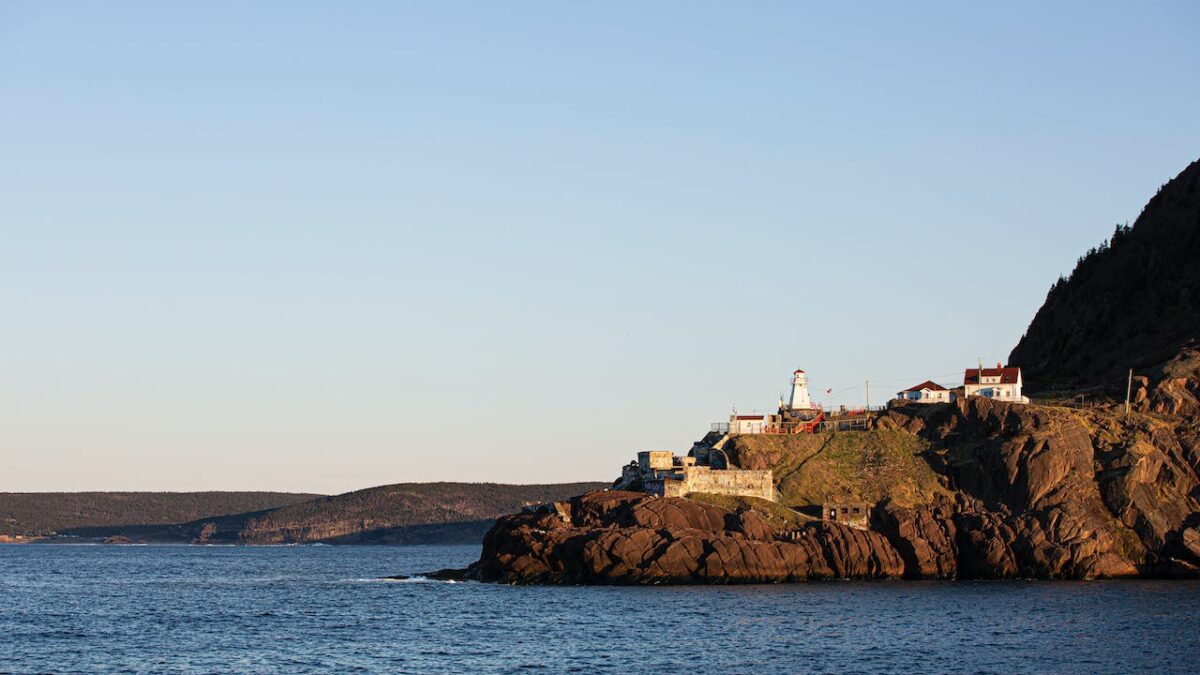As the global energy landscape undergoes a rapid transformation, Canada emerges at the forefront, poised to harness the potential of offshore wind development to bolster its economy and create sustainable employment opportunities. With the world’s longest coastlines, particularly in Atlantic Canada, the nation stands ready to carve a niche as a key player in the burgeoning $1-trillion global offshore wind energy market.
In a significant move forward towards this vision, the Honourable Jonathan Wilkinson, Minister of Energy and Natural Resources, and the Honourable Dr. Andrew Furey, Premier of Newfoundland and Labrador, convened to formalize their commitment to offshore wind development. The signing of a Memorandum of Understanding (MOU) heralds a pivotal moment, empowering Newfoundland and Labrador to take the regulatory lead on offshore wind projects nestled within its inland bays, steering the course for sustainable economic advancement in the province.
“Newfoundland and Labrador is rich in renewable energy resources that make us well positioned to meet our net-zero targets, mitigate the impacts of climate change and grow clean energy jobs and economic development,” expressed the Honourable Andrew Furey, Premier of Newfoundland and Labrador. “Our government will continue to ensure Newfoundlanders and Labradorians are the principal beneficiaries of our valuable resources. This MOU recognizes waters within provincial bays and will expedite the development of renewable energy in our province.”
The signing ceremony, attended by the Honourable Gudie Hutchings, Minister responsible for the Atlantic Canada Opportunities Agency and Rural Economic Development, and the Honourable Seamus O’Regan, Minister responsible for Labour and Seniors, underscored a collaborative effort to shape the future of offshore renewable energy in Newfoundland. The MOU sets out a systematic process for the province to oversee land tenure and life-cycle regulation, providing a streamlined pathway for the swift development of offshore wind projects.
“Newfoundland and Labrador have incredible offshore wind potential, and Canada and Newfoundland and Labrador are seizing this economic opportunity,” explained the Honourable Jonathan Wilkinson Minister of Energy and Natural Resources. “Today’s agreement with the province furthers our ability to attract investments and create good-paying jobs in Newfoundland’s offshore by establishing a framework to enable the province to move ahead with its ambitious renewable energy development plans. Combined with significant federal investments in renewable energy and our work to strengthen the Accord Acts, we are furthering Canada’s commitment to build a strong and attractive renewable energy sector in Newfoundland and Labrador for decades to come.”
The agreement recognizes the ambitious growth plans of the Government of Newfoundland and Labrador, granting the province the autonomy to dictate the speed and pace of development within its bays. The MOU sends a resounding message to investors, workers, and communities alike, signaling a harmonious collaboration between Canada and Newfoundland and Labrador to unlock the full potential of offshore renewable energy development.
“This MOU allows the province to continue to move forward with the development of renewable energy while providing clarity and certainty around the land that is jointly managed and that is within provincial bays,” said the Honourable Andrew Parsons, Minister of Industry, Energy and Technology, Government of Newfoundland and Labrador.
Integral to the MOU is the framework for administering land tenure and life-cycle regulation, including the allocation of revenues generated by offshore renewable energy projects within provincial bays. This groundbreaking agreement is made possible by the legislative support of Bill C-49, which establishes the regulatory foundation for offshore wind in joint-management areas.
“The world has taken notice of Newfoundland and Labrador’s incredible natural resources and our dedicated workforce. This agreement positions our province as a supplier of choice for the net-zero future and secures good jobs for workers across our province,” added the Honourable Gudie Hutchings, Minister of Rural Economic Development, Minister responsible for the Atlantic Canada Opportunities Agency.
While existing offshore energy activities and projects beyond the bays fall under the purview of the Offshore Energy Regulator, as stipulated by the Atlantic Accord Acts and amended by Bill C-49, the MOU reinforces the commitment to collaborative governance. This collaborative approach, exemplified through Bill C-49 and Regional Assessments for Offshore Wind Development, cements Canada’s dedication to joint management partnerships.
The Honourable Seamus O’Regan, Minister of Labour and Seniors: “Newfoundlanders and Labradorians are the principal beneficiary of our resources in the Offshore oil and gas industry. We want to do the same for Offshore wind. This MOU and amendments to the Atlantic Accords will help our Province lead the world in offshore renewable energy.”
In unison, Canada and Newfoundland and Labrador chart a course toward a thriving offshore energy sector, aligned with their shared goal of creating sustainable jobs, achieving a net-zero electricity system by 2035, and fostering a net-zero economy by 2050. This historic agreement paves the way for a sustainable and prosperous future, where offshore wind stands as a beacon of innovation and economic growth.
“This MOU between the governments of Canada and Newfoundland and Labrador marks an important step toward catalyzing an offshore wind industry in the province. With a Regional Assessment of offshore wind underway, green hydrogen facilities under development and now this MOU, Newfoundland is laying a strong foundation for a locally driven offshore wind sector. Marine Renewables Canada looks forward to working with both governments and its members throughout the offshore wind supply chain to advance this promising industry,” concluded Elisa Obermann, Executive Director, Marine Renewables Canada.

